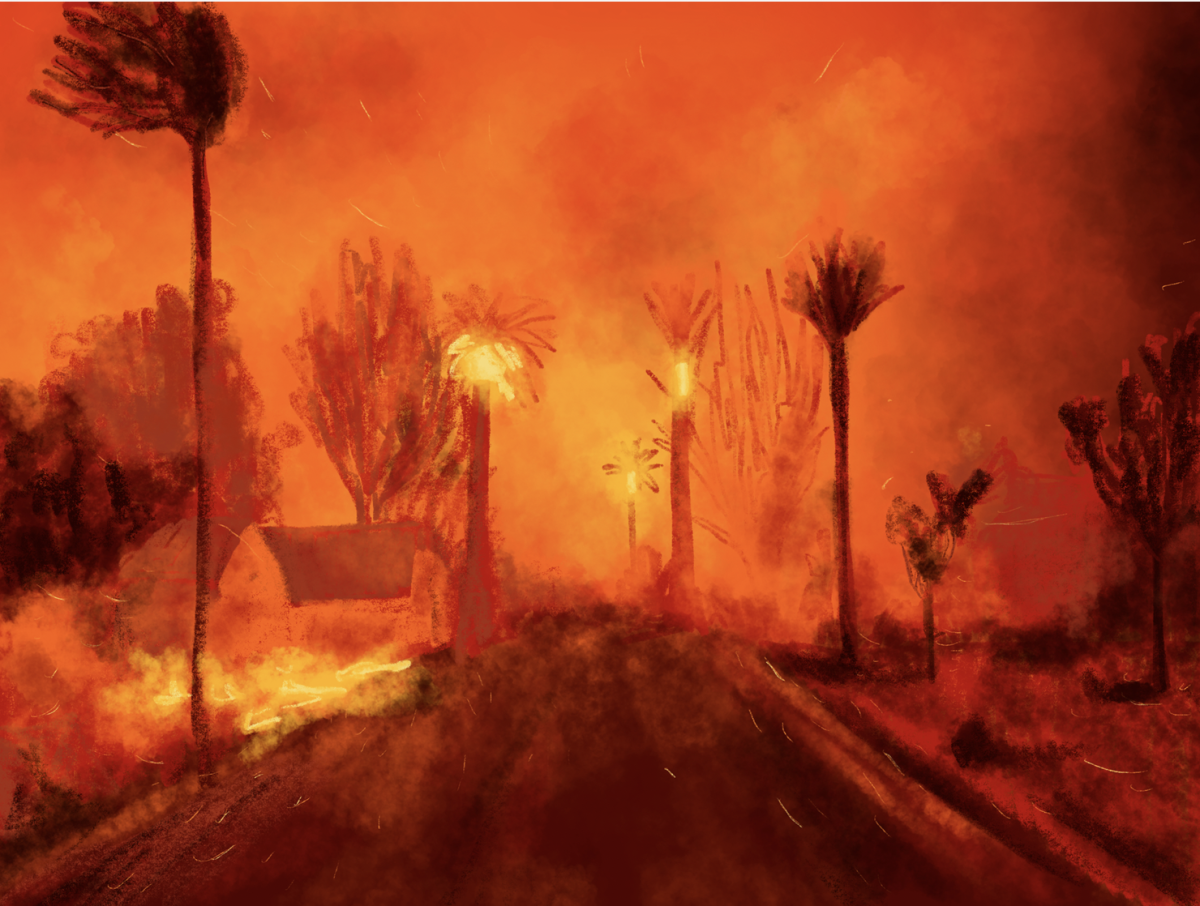War in Ukraine proves Russian military isn’t indestructible
Media: Helen Zhang ’25
During the ongoing 2022 invasion of Ukraine, Russian armed forces have had difficulties in the way of assuring victory.
The Russo-Georgian war of 2008 and the Russian invasion of the Crimean Peninsula and the Donbas saw Russian forces quickly and effectively conquer territory while maintaining low amounts of casualties. This created an aura of an unstoppable force that would quickly overtake enemies with overwhelming force. However, during the ongoing 2022 invasion of Ukraine, Russian armed forces have had difficulties in the way of assuring victory.
Russian capabilities are certainly not something to snuff at. Researchers for the European Parliament stated in 2021 that Russian forces stood at 900,000 active duty personnel and weapons capabilities which exceeds 12,000 main battle tanks (for context, the same report stated that number was roughly double that of the U.S. armored force at the time). Although not all troops or tanks are used in any conflict, it is safe to say the Russian armed forces have been endowed with heaps of equipment in which they can use.
Past utilization of these capabilities in Georgia, Crimea, and Donbas reveal that the Russian armed forces are certainly capable of rapid, overwhelming victories, especially against what is considered technologically and numerically inferior forces.
However, on the ground in the current conflict in Ukraine, we have seen a dramatic shift in this pattern of Russian military success. Sources disagree on how many Russian casualties have been sustained since the start of the war. In an April 25 address to the House of Commons, British Defense Secretary Ben Wallace stated that Russian forces had sustained 15,000 casualties, 2,000 armored vehicles lost or captured, including 530 tanks, 530 armored personnel carriers, and 560 infantry fighting vehicles, as well as 60 aircraft lost.
According to the Ministry of Defense of Ukraine, Russian forces have lost 22,100 personnel, as of April 26; meanwhile the Russian Ministry of Defense – as reported by Russian news source “Gazeta.Ru” – claims casualties of 1,351 on March 25. (Disclaimer: Sources may need to be translated for an English-speaking audience.)
Of course, with the war still going on, and the desire on each side to appear more successful, all three sources stated above are certainly not neutral – especially with NATO’s recent attempts to sustain and support Ukraine. Because of this, it is safe to say that none of these three data sets can be confirmed to be accurate. Either way, we know that casualty numbers are likely within this range.
Ultimately, we do know that, whatever the true casualty numbers are, they appear to have been deemed unacceptable by the Russian military, and we have seen a dramatic shift in the war goals. After a concerted push to surround and take Kyiv appeared to have faltered, forces have been moved towards the East and the Donbas. This shows that Russian military capabilities were not what they seemed at the beginning of the war and clearly, the conventional arms of the Russian military are not nearly as much of a threat as seen in the past.

























